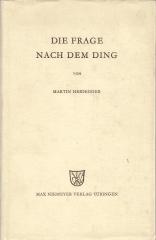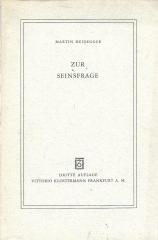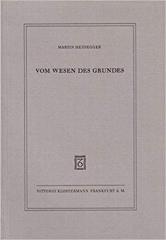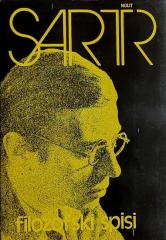
Bitak i vrijeme
Being and Time (1927) is Martin Heidegger's major work, which profoundly reshaped 20th-century philosophical thought. Heidegger poses the fundamental question: What does it mean to be? – a question that, according to him, had been forgotten in the philoso
The starting point of the research is the analysis of human existence, which he calls Dasein ("there-being"). Dasein is a special being because it is aware of its own existence and asks the question of Being. Heidegger analyzes the existential structures of Dasein: being-in-the-world, being-with-others, disposition, understanding, and speech.
A key aspect of Heidegger's analysis is authenticity - Dasein lives most often in an "inauthentic" way, following social norms ("They"), fleeing from facing its own mortality. Only by assuming its mortality and living decisively can Dasein achieve authentic existence.
Time is of crucial importance: Dasein understands itself through its future possibilities, and the final understanding of Being is connected to temporality - Being is revealed through time.
"Being and Time" remains unfinished; Heidegger did not manage to complete the second half of the planned work. Nevertheless, the book had a revolutionary influence on existentialism, hermeneutics, phenomenology, and modern philosophy.
No copies available
The last copy was sold recently.





